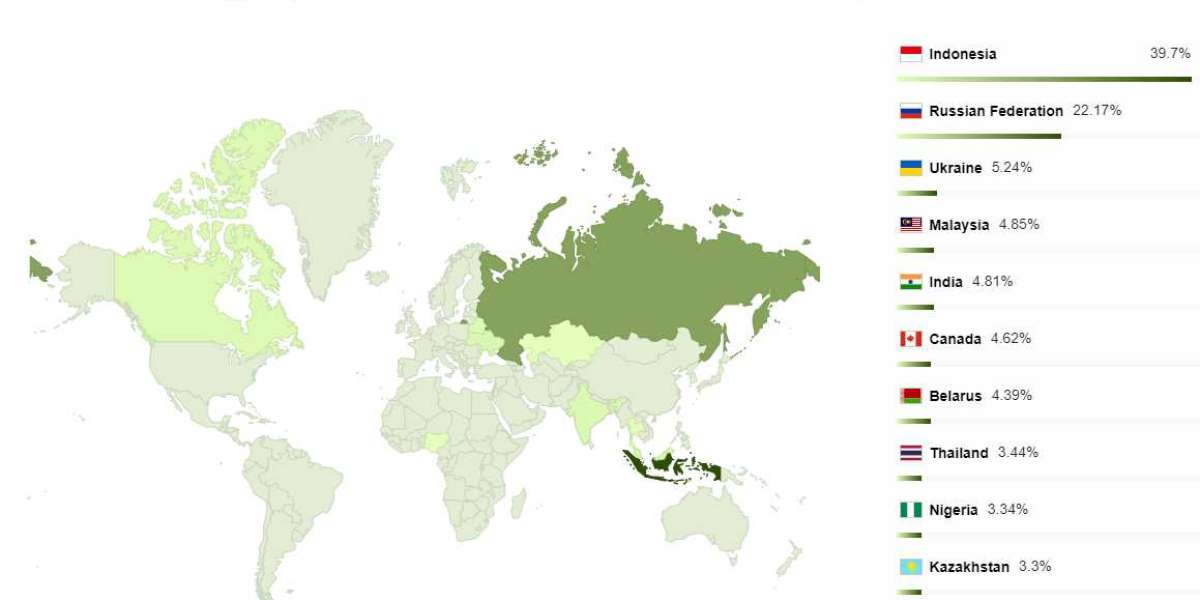Weft extensions have become a popular choice among those looking to add length, volume, and versatility to their hair. Weft hair extensions are made by sewing or bonding hair strands together, creating a continuous strip that can be attached to the wearer's natural hair. They are available in various types, including human hair and synthetic hair, and can be applied using different methods such as sewing, gluing, or clipping. Weft extensions offer endless possibilities for creating stunning hairstyles, from adding thickness to fine hair to transforming short hair into long, flowing locks. In this article, we will delve into the world of weft extensions, exploring their benefits, application methods, care tips, and more. Whether you're a hair enthusiast or simply curious about this hair extension option, read on to discover the beauty and versatility of weft extensions.
Types of Weft Hair Extensions
Weft extensions come in various types, providing options to suit different preferences, needs, and budgets. The most common types of weft extensions include:
- Machine-sewn Wefts: Machine-sewn wefts are made by sewing together strands of hair using a machine, creating a continuous strip of hair. They are typically more affordable compared to hand-tied wefts and are available in different hair types, such as human hair or synthetic hair. Machine-sewn wefts are generally thicker and denser, providing ample volume and coverage.
- Hand-tied Wefts: Hand-tied wefts are created by meticulously hand-sewing individual strands of hair onto a weft, resulting in a thinner, flatter, and more flexible weft. Hand-tied wefts are considered to be of higher quality and provide a more natural-looking result. They are typically made from human hair and are known for their durability and longevity.
- Skin Wefts: Skin wefts, also known as tape-in weft hair extensions, are created by attaching hair strands onto a thin, flexible strip of adhesive tape. The wefts are then sandwiched between sections of the wearer's natural hair, creating a seamless and natural-looking result. Skin wefts are known for their ease of application and removal, making them a popular choice for those who want a semi-permanent option.
- Clip-in Wefts: Clip-in wefts are made with hair strands that are attached to small clips or combs, allowing them to be easily clipped into the wearer's natural hair. Clip-in wefts are a temporary option that can be easily removed and reattached, making them ideal for special occasions or for those who want to switch up their look frequently without a long-term commitment.
- Micro-link Wefts: Micro-link wefts, also known as micro-bead or micro-ring wefts, are created by attaching small sections of hair strands to small metal or silicone rings using a special tool. The rings are then clamped shut, securing the wefts to the natural hair. Micro-link wefts are known for their flexibility and versatility, allowing for easy adjustment and maintenance.
- Braid less Wefts: Braid less wefts, also known as hand-tied skin wefts or beaded wefts, are attached to the natural hair using small silicone or plastic beads, eliminating the need for braiding or sewing. Braid less wefts provide a natural-looking and lightweight result, making them a popular choice for those with fine or thin hair.
In summary, weft extensions come in various types, including machine-sewn wefts, hand-tied wefts, skin wefts, clip-in wefts, micro-link wefts, and braid less wefts, each with its unique characteristics, advantages, and application methods. Understanding the different types of weft hair extensions can help you choose the right option that best suits your hair type, lifestyle, and desired look.
Installation Process
Weft extensions are a popular choice for many women because they offer a number of benefits. They are relatively easy to install, and can be done at home with the help of a friend. The process is simple and only takes a few minutes. Here’s everything you need to know about installing weft extensions:
- Start by combing your hair to remove any tangles or knots. Then, use a rat-tail comb to create a straight part down the center of your head.
- Next, take the weft and align it with your natural part. Use small clips to attach the weft close to your scalp.
- Once the weft is in place, use a fine-tooth comb to blend it with your natural hair. Be sure to start from the bottom and work your way up.
- Style your hair as desired!
Maintenance Tips
Weft extensions can last anywhere from 3 to 6 months with proper care. Here are some tips to help you keep your wefts looking their best:
- Wash your wefts in a sulfate-free shampoo and conditioner at least once a week.
- Be sure to brush your wefts gently before and after washing them to prevent tangles.
- Avoid using heat styling tools on your wefts as much as possible. If you must use them, be sure to use a heat protectant spray first.
- Never sleep with wet wefts, as this can cause them to become tangled or matted.
Removal Process
If you're considering weft hair extensions, or if you already have them and are looking to remove them, the process is actually quite simple. The first thing you'll need to do is gather all the supplies you'll need: a comb, sharp scissors, and a weft sealant remover. Once you have everything assembled, start by combing through your hair to detangle it and make the removal process as smooth as possible.
Next, take your sharp scissors and cut along the top of the weft, as close to the skin as you can. Once the weft is cut, use your fingers or a comb to gently pull it away from your head. Be careful not to pull too hard, as this could cause damage to your natural hair.
Use the weft sealant remover to break down any residual glue or product that may be left behind on your scalp or hair shafts. Once everything is removed, give your hair a good wash and conditioner to hydrate and nourish it after the removal process.
Care Tips for Weft Hair Extensions
Weft extensions are a popular choice for those looking to add length and volume to their hair. But like any other type of hair extension, they require some special care to keep them looking their best. Here are some tips on how to care for your weft extensions:
- Brush your weft extensions regularly with a soft-bristled brush to avoid tangles and matting.
- Wash your weft extensions as needed, using a mild shampoo and conditioner. Avoid using products that are too harsh or drying, as this can damage the extensions.
- When styling your weft extensions, be sure to use heat protectant products to prevent heat damage. Also, take extra care when brushing or combing the extensions while they’re wet, as they’re more susceptible to breakage when wet.
- If you wear your weft extensions in a ponytail or updo, be sure to loosen the style before going to bed so that the roots of the extensions don’t get pulled and damaged.
By following these simple care tips, you can keep your weft hair extensions looking great for many months to come!
Conclusion
In conclusion, weft extensions offer a versatile and effective way to transform your hair, providing you with options for length, volume, and style. With different types of weft extensions available, including human hair and synthetic hair, and a variety of application methods, you can customize your look to suit your preferences and needs. Proper care and maintenance are essential to keep your weft hair extensions looking their best, including regular washing, conditioning, and avoiding excessive heat and styling. Weft extensions can be a game-changer for those who desire a change in their hairstyle or want to enhance their natural hair, allowing for endless creative possibilities. So, whether you're looking for a temporary or semi-permanent hair transformation, weft extensions can be a fantastic choice. Elevate your hair game and achieve the desired look with weft extensions!












